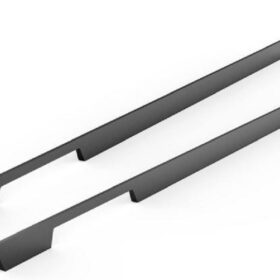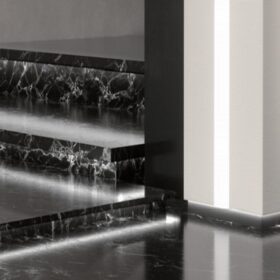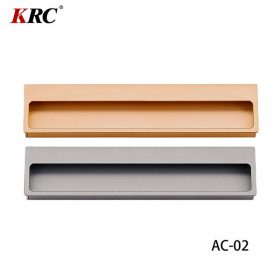Common Challenges and Solutions in Installing Concealed Wardrobe Handles
Concealed wardrobe handles offer a sleek and minimalist aesthetic that can elevate any room’s décor. However, installing these handles can present certain challenges that require careful planning and execution. This article will delve into the common challenges encountered during concealed wardrobe handle installation and provide practical solutions to overcome them.
Alignment and Leveling
One of the biggest challenges is ensuring proper alignment and leveling of the handles. Misaligned handles can create an uneven appearance and make the wardrobe look sloppy. To address this:
– Use a level to mark the exact position of the handles on the wardrobe door.
– Transfer the measurements accurately using a ruler or measuring tape.
– Use a drill guide or template to ensure precise drilling for the mounting holes.
Drilling Accuracy
Drilling accurate holes for the handle screws is crucial. Incorrect hole placement can weaken the handle’s hold or damage the wardrobe. Considerations include:
– Use a drill bit slightly smaller than the screw size to prevent over-drilling.
– Start drilling slowly and gradually increase the speed to avoid splintering.
– Use a depth stop on the drill to control the hole depth.
Handle Tightening
Tightening the handles securely is essential for preventing them from loosening over time. However, excessive force can damage the handles or the wardrobe. To ensure proper tightening:
– Use a screwdriver with the correct size and type of bit.
– Hand-tighten the screws initially and then use a screwdriver to gently tighten them further.
– Avoid using excessive force that could strip the screws or damage the handle.
Handle Positioning
Concealed wardrobe handles are typically positioned at the top or bottom of the door, but variations exist. Optimal handle placement depends on the door’s size and functionality:
– For large doors, position the handles towards the center for better ergonomic use.
– On smaller doors, place the handles closer to the edges to minimize handle overlap.
– Consider the height of the user when determining the handle placement for comfortable and practical access.
Handle Selection
The choice of concealed wardrobe handles can impact the installation process. Factors to consider include:
– The material of the handle (e.g., metal, plastic) may affect the drilling and tightening process.
– The handle’s size and shape should complement the door’s dimensions and style.
– The handle’s finish (e.g., lacquered, brushed) can influence the installation technique.
Conclusion
Installing concealed wardrobe handles can be a rewarding task that enhances the functionality and aesthetics of any space. By addressing the common challenges discussed in this article and implementing the provided solutions, you can ensure a successful installation and achieve a polished, professional-looking result. Remember to approach each step with precision, patience, and a methodical approach to overcome any challenges that may arise along the way.
-
2024-11-29Top Trends in Modern Kitchen Cabinet Pulls for 2024
-
2024-11-28The Ultimate Guide to Modern Kitchen Cabinet Pulls- Materials, Styles, and Tips
-
2024-11-27Elevate Your Kitchen Design with These Must-Have Modern Cabinet Pulls
-
2024-11-26Sleek and Stylish- The Best Modern Kitchen Cabinet Pulls for a Contemporary Look
-
2024-09-14Exploring the Different Types of Modern Closet Door Pulls and Their Applications
-
2024-09-14How Cabinet Door Pull Handles Support High-Traffic Areas
-
2024-09-06Cost-Benefit Analysis of Investing in High-Quality Long Wardrobe Door Handles
-
2024-09-04How Flat Cabinet Handles Enhance Modern Interior Design






